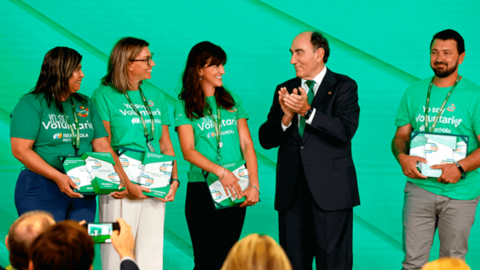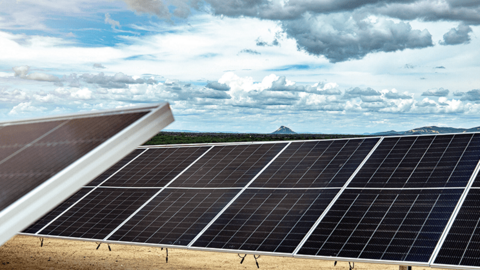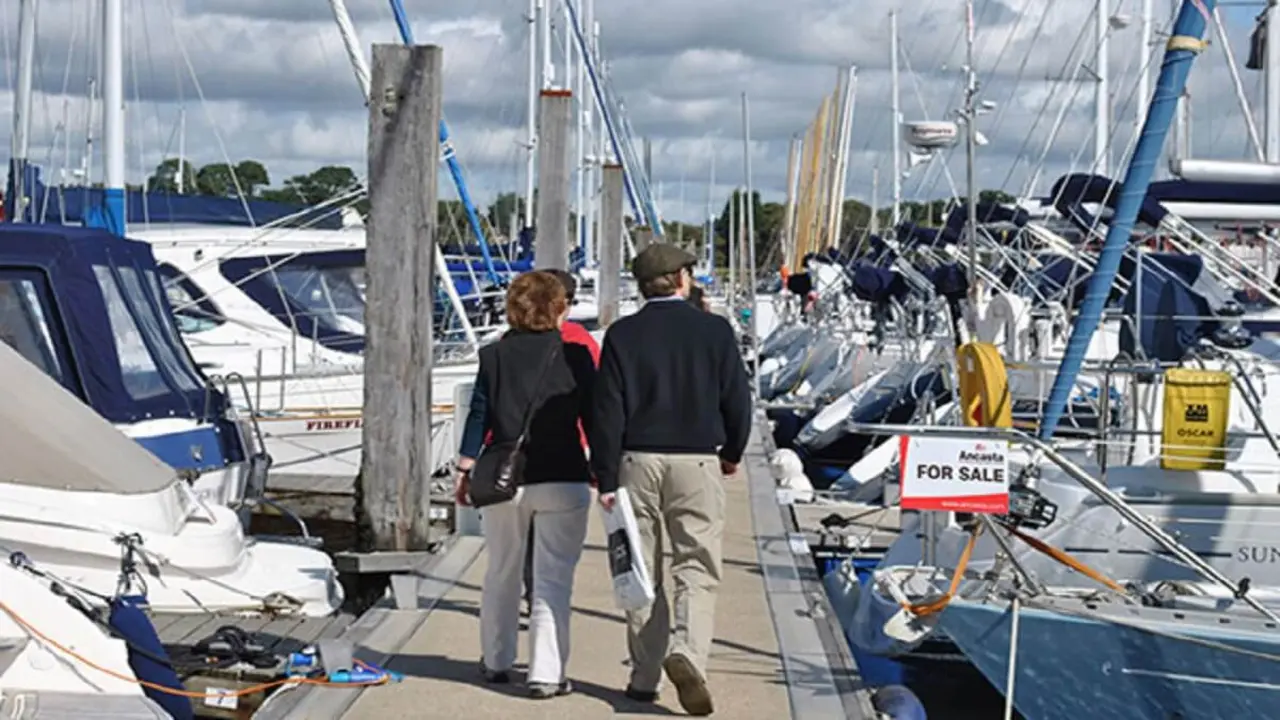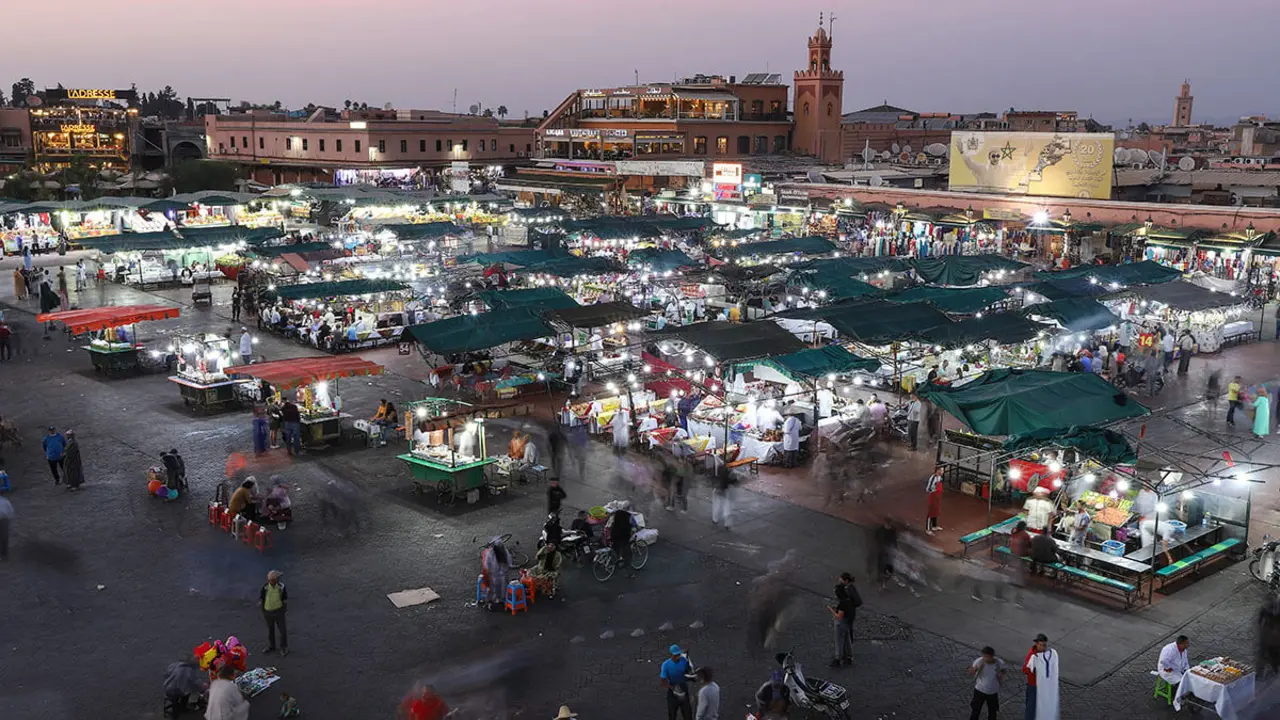The El Escudo wind farm will be the first in the world to use BIM methodology to reduce its impact
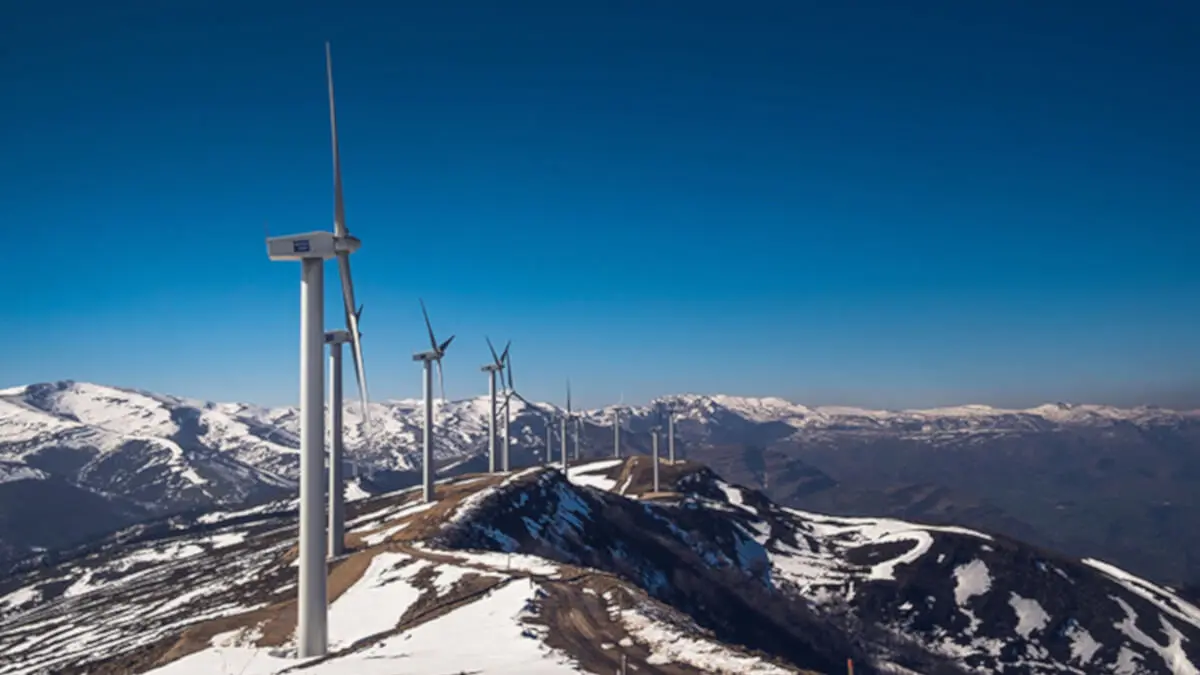
The El Escudo wind farm will be the first in the world to use BIM (Building Information Modelling) methodology for its construction, with the aim of carrying out an exhaustive control and guaranteeing that environmental and heritage protection criteria are met at every stage of the process. Biocantaber thus extends its commitment to the best available technology and raises its environmental and heritage requirements beyond regulatory compliance.
This is a pioneering experience, which has already taken its first steps in the world of building and other public and civil works installations, but which is making its debut in the development of wind power installations at the El Escudo wind farm. The Cantabrian engineering company INGECID, which emerged as a spin-off from the University of Cantabria, is already successfully implementing it in other singular installations in Europe and also in Spain, such as the Bank underground station in London, the decommissioning of the Garoña nuclear power plant or the construction of what will be the future logistics base of the Spanish Army.
The BIM methodology brings added quality to any construction process, bringing together in specific software all the information from all the specialists involved in the design and execution of a project. Thus, it can make a reliable 3D modelling of the Escudo Wind Farm, anticipating problems or mismatches between the layers of such a complex project.
But in addition to anticipating a digital twin of the physical structure, this technology processes and interrelates a huge volume of information - tens of thousands of documents - so that professionals have a better working experience in terms of information management.
Thus, the use of the BIM methodology is a guarantee to accompany the step by step, from the projected idea to the effective execution, avoiding errors, saving costs and time and facilitating, in short, that the entire construction process is developed without incidents and in strict compliance with the measures established to minimise their impact.
The adoption of this methodology is a further commitment by Biocantaber to provide the El Escudo wind farm with the most innovative technology, as it did in the choice of a modern, high-power wind turbine model, which will enable it to produce more energy, installing fewer machines and reducing land occupation.
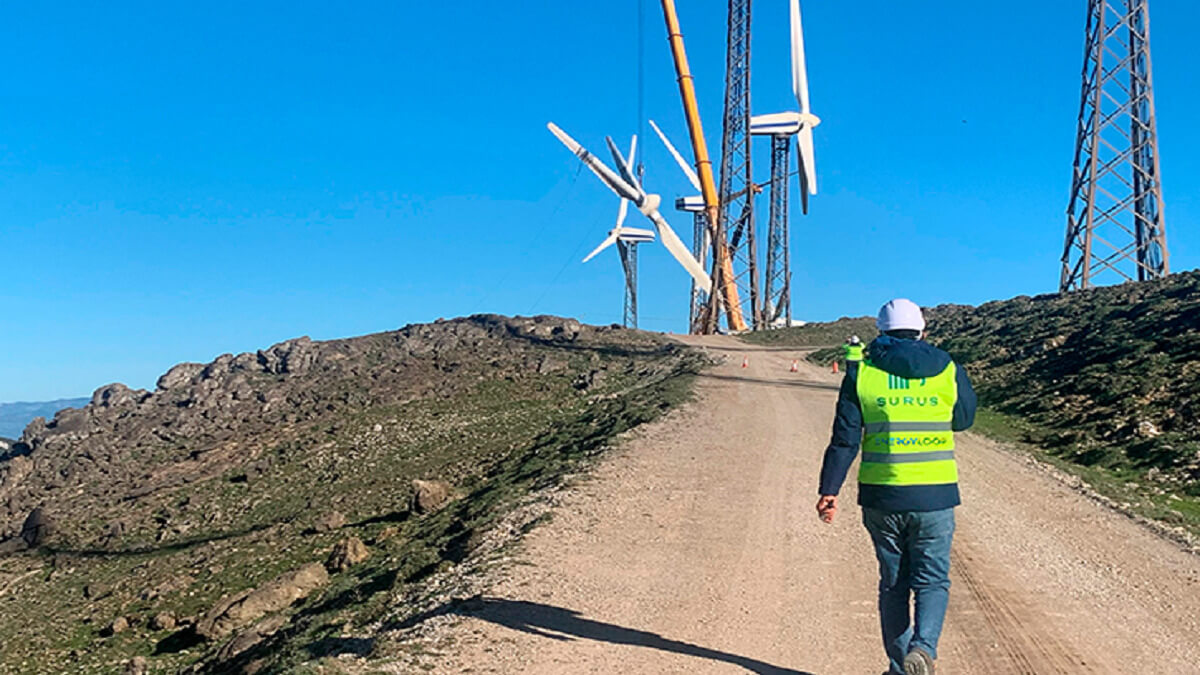
SUSTAINABLE DEVELOPMENT
These are not the only measures contemplated by Biocantaber to make the Escudo Wind Farm project an example of sustainable development. The facility has been designed to produce 453,600 MWh per year, which will supply around 49,000 homes, while avoiding the emission of 113,400 t/year of CO2, equivalent to the photosynthesis of approximately 5.5 million trees.
The design has gone beyond strict compliance with regulations, selecting interior road layout alternatives that involve the least amount of earth movement, taking advantage of the existing terrain and roads and selecting the best possible locations for each element.
This project is expected to have an economic impact of approximately one million euros per year in terms of social measures, taxes and royalties in the municipalities where it is located: Campoo de Yuso, San Miguel de Aguayo, Molledo and Luena. In August, the company signed an agreement with the town council of Molledo that includes initiatives to improve the quality of life of the residents and promote the development of the municipality.
Thus, there will be energy consumption rebates of up to 60%, economic resources will be allocated to the rehabilitation of the cultural centre of Molledo, with a budget of approximately €45,000, and €60,000 per year will be allocated to the maintenance of municipal buildings. infrastructure and social activities, either to support the livestock sector, the elderly, the disabled and children registered in the municipality.
The agreement includes training activities for employment related to the works and maintenance of the wind farm, and others that favour the digitalisation and technological development of the area, the improvement of tourism and the commercialisation of local products and the recovery of cultural heritage.
On the other hand, a programme to compensate for the impact on the landscape will be implemented, which will include actions to adapt paths and viewpoints, interpretation and enhancement of the landscape, recovery of natural elements and other measures for the landscape and environmental integration of human activity.

CAÑONERAS WIND FARM, THE EXAMPLE TO FOLLOW
Iberdrola and the Cantabrian group Ocyener, partners in El Escudo, have been operating the only wind farm in operation in Cantabria, Cañoneras, for years. Since its commissioning, they have paid the Soba Town Council and the neighbourhood councils more than 4 million euros in rent and municipal licences alone. This wind farm is very popular with the residents of Soba and has been given as an example of the integration of wind energy in rural areas at various meetings of the wind energy sector in Spain.

